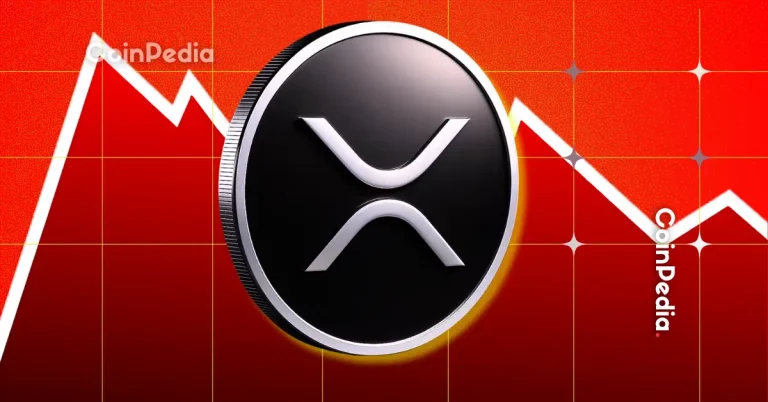
The Evolution of E-commerce by 2025: Revolutionizing the Online Shopping Experience
The Evolution of E-commerce by 2025 is an exciting topic, as the e-commerce industry is rapidly evolving, with new technologies and trends emerging every year. By 2025, we can expect significant changes in the way we shop online, with a focus on personalized experiences, sustainability, and social responsibility.
Introduction to E-commerce
E-commerce, also known as electronic commerce, refers to the buying and selling of goods and services over the internet. The e-commerce industry has grown exponentially over the past two decades, with the global online market projected to reach $6.5 trillion by 2023. The rise of e-commerce has changed the way we shop, with many consumers preferring the convenience and flexibility of online shopping to traditional brick-and-mortar stores.
Current State of E-commerce
Today, e-commerce is a thriving industry, with millions of online stores and marketplaces operating around the world. The current state of e-commerce is characterized by a focus on mobile shopping, social media marketing, and personalized customer experiences. Many online retailers are using artificial intelligence (AI) and machine learning (ML) to improve their customer service, product recommendations, and supply chain management.
Trends Shaping the Future of E-commerce
Several trends are shaping the future of e-commerce, including:
- Personalization: Online retailers are using data analytics and AI to create personalized customer experiences, including product recommendations, tailored marketing messages, and customized content.
- Sustainability: Consumers are increasingly concerned about the environmental and social impact of their purchasing decisions, driving demand for sustainable and eco-friendly products.
- Social Responsibility: Online retailers are expected to demonstrate social responsibility, including fair labor practices, charitable giving, and community engagement.
- Augmented Reality (AR) and Virtual Reality (VR): AR and VR technologies are being used to create immersive and interactive shopping experiences, allowing customers to try on products virtually and visualize how they will look in their homes.
- Artificial Intelligence (AI) and Machine Learning (ML): AI and ML are being used to improve customer service, product recommendations, and supply chain management, making online shopping faster, easier, and more convenient.
The Future of E-commerce by 2025
By 2025, we can expect significant changes in the e-commerce industry, including:
- Increased Use of AI and ML: AI and ML will become even more prevalent in e-commerce, with online retailers using these technologies to improve customer service, product recommendations, and supply chain management.
- More Focus on Sustainability and Social Responsibility: Consumers will continue to prioritize sustainability and social responsibility, driving demand for eco-friendly products and online retailers that demonstrate social responsibility.
- Greater Use of AR and VR: AR and VR technologies will become more mainstream, allowing customers to try on products virtually and visualize how they will look in their homes.
- More Personalized Customer Experiences: Online retailers will use data analytics and AI to create even more personalized customer experiences, including tailored marketing messages, customized content, and product recommendations.
Conclusion
In conclusion, the e-commerce industry is rapidly evolving, with new technologies and trends emerging every year. By 2025, we can expect significant changes in the way we shop online, with a focus on personalized experiences, sustainability, and social responsibility. As the industry continues to grow and evolve, online retailers must stay ahead of the curve, adopting new technologies and trends to meet the changing needs and expectations of their customers.




